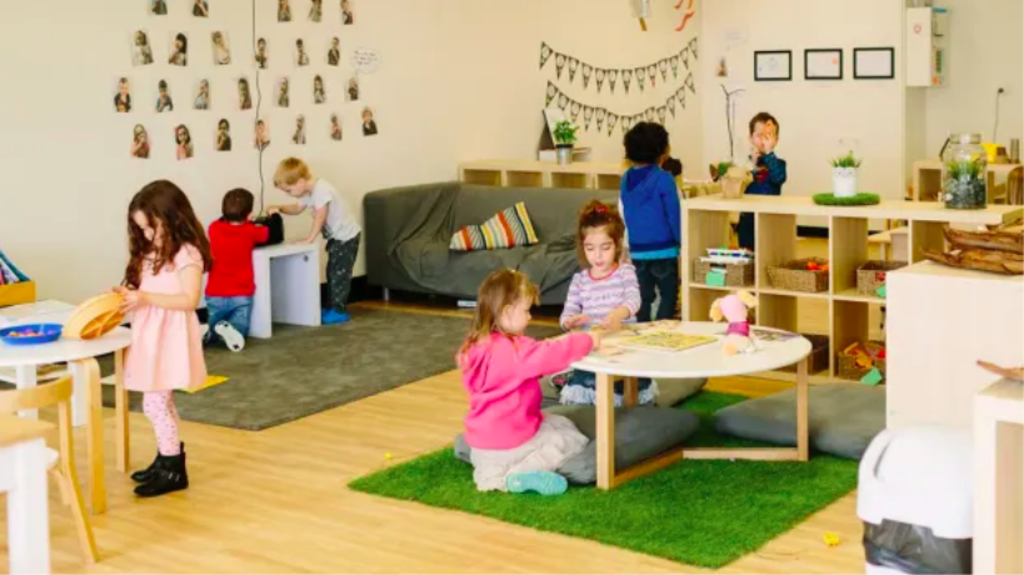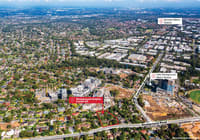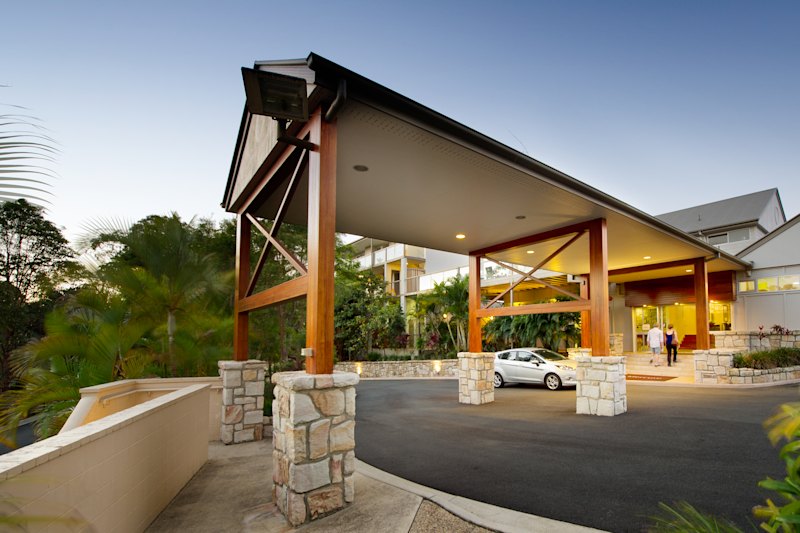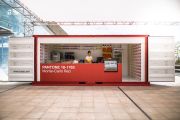
Oversupply concerns hit childcare sector again
Oversupply concerns have resurfaced in the childcare sector with the country’s largest listed landlord, the $1.3 billion Charter Hall Social Infrastructure Fund, “monitoring conditions” in pockets of the market.
While the fund (CQE) reaffirmed its full-year earnings guidance as part of a “positive” half-year update, it highlighted in its presentation to investors that the supply of new centres had risen back above 4 per cent, while demand for childcare places had fallen sharply in part because of a surge in fees.
The last time annual supply growth rose above 4 per cent was in mid-2018 when listed childcare operator G8 Education warned of an oversupply of childcare places because of overdevelopment.
The warning sent G8 shares crashing and led to a decline in demand and prices for childcare centres. Private investors, who had pumped up assets values at property auctions, were the hardest hit.
“Supply spiked up again in the last calendar year,” CQE fund manager Travis Butcher told The Australian Financial Review.
“It’s now around 4.2 per cent having always been at or around 4 per cent.”
“We’re monitoring conditions,” he said. Mr Butcher said the fund would consider selling assets in markets its assessed as oversupplied and where it did not have market leading centre.
“If the centre is on a long-term lease, we will look to divest,” Mr Butcher said.
He added that some of the benefit of the Childcare subsidy, introduced in July 2018, had been eroded by a rise in childcare fees, up 7.2 per cent in calendar 2019, according to the Australian Bureau of Statistics.
Benefits of the subsidy included a 12.5 per cent rise in children attending long-day care and a 50 per cent participation rate for children aged four and under, which helped soak up some of the excess supply.
But if fees were to further rise, Mr Butcher, said parents would either move their children to a more-affordable childcare centre or pull back on the hours their children attended.
Despite these concerns, Mr Butcher said centres in the right areas with the right operator were still a “recipe for success”
“We opened up a number of centres [over the reporting period] and these are at 82 per cent occupancy.”
In the six months to December, CQE reported operating earnings per unit up 2.4 per cent to 8.5?? and said its statutory profit climbed 16 per cent to $49 million.
A key outcome was the signing of 40 new 20-year leases with the trust’s biggest tenant, Goodstart Early Learning, which increased the portfolio’s weighted average lease expiry (WALE) to 11.7 years from 9.9 years.
The trust reaffirmed full-year operating earnings per unit of 17?? to 17.2?? “barring any unforeseen events and no material change in market conditions”.











